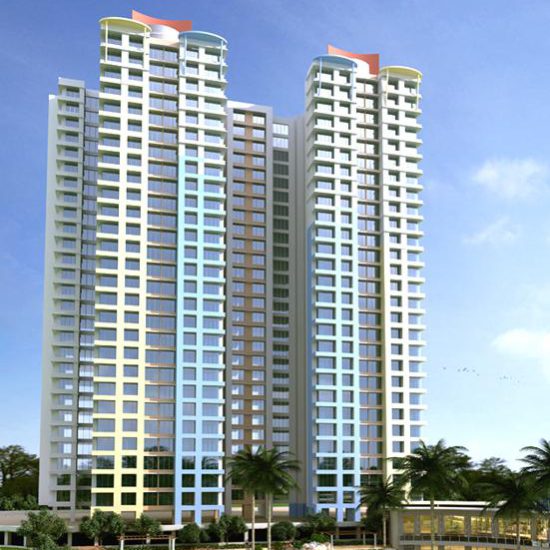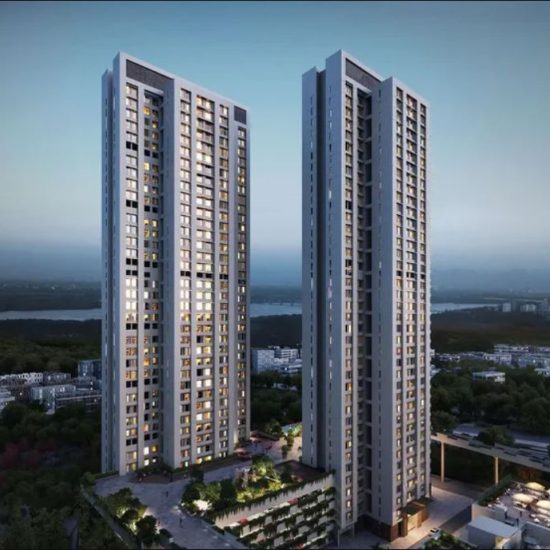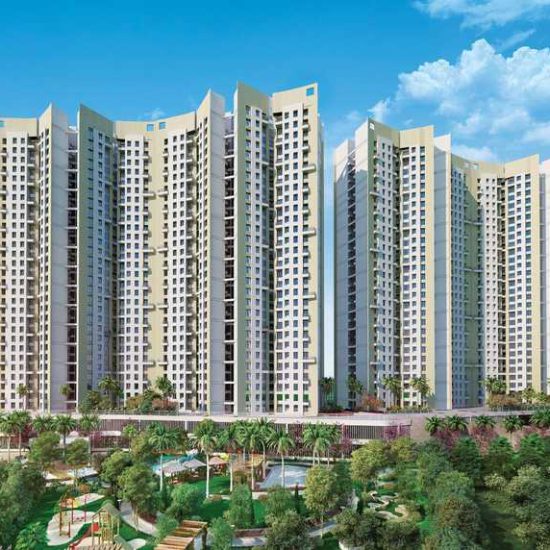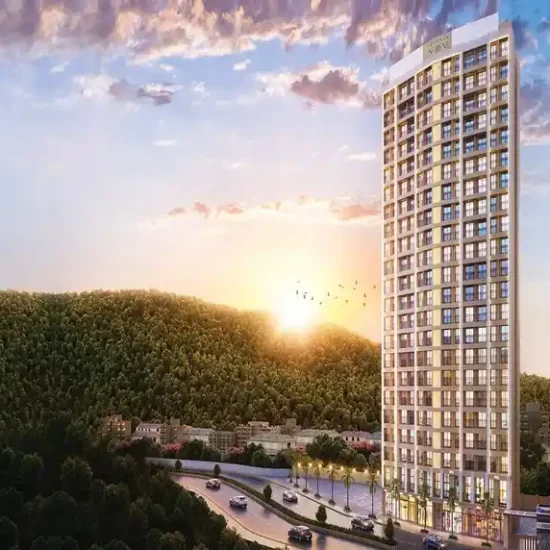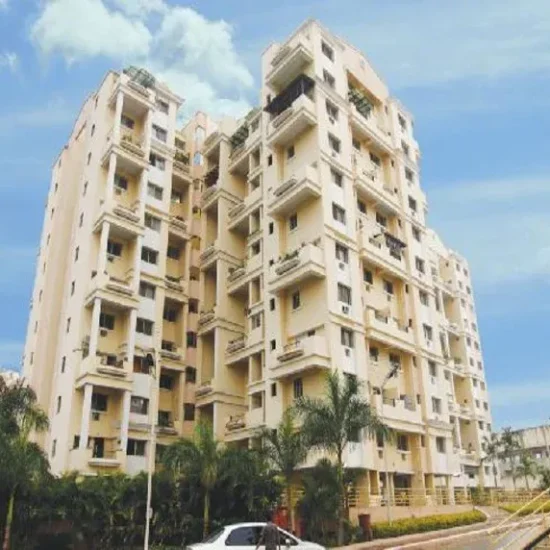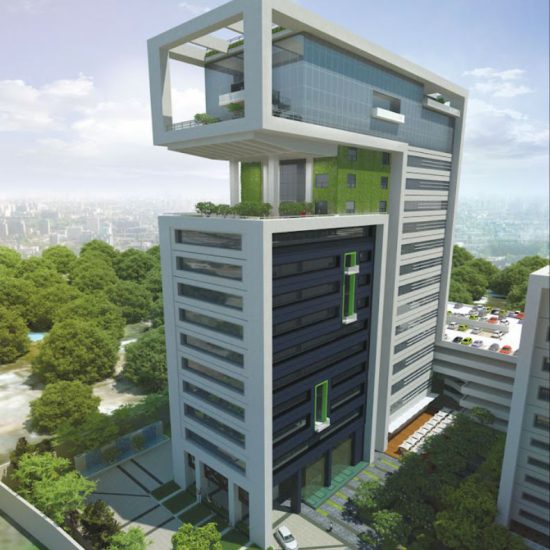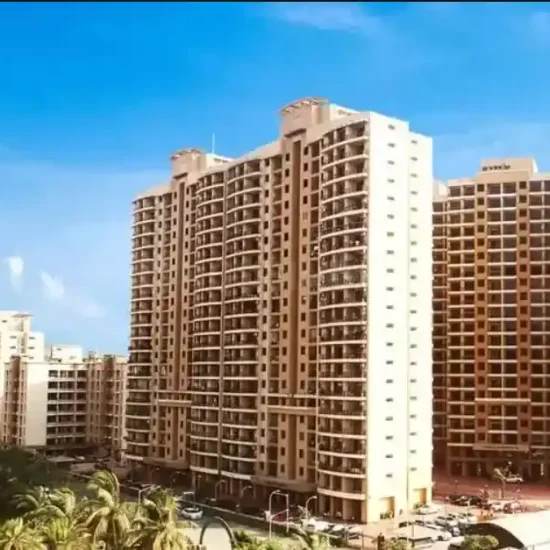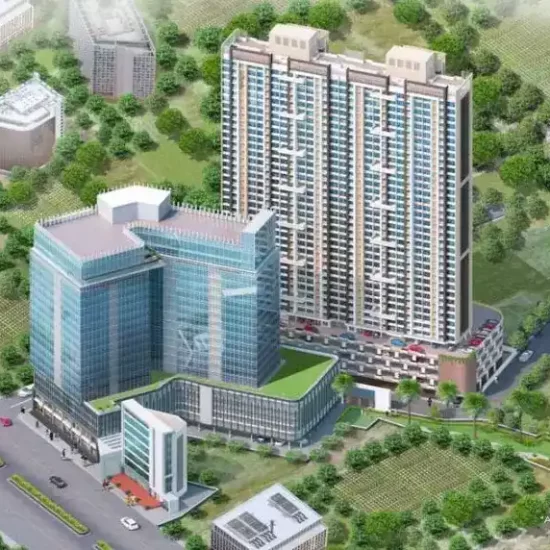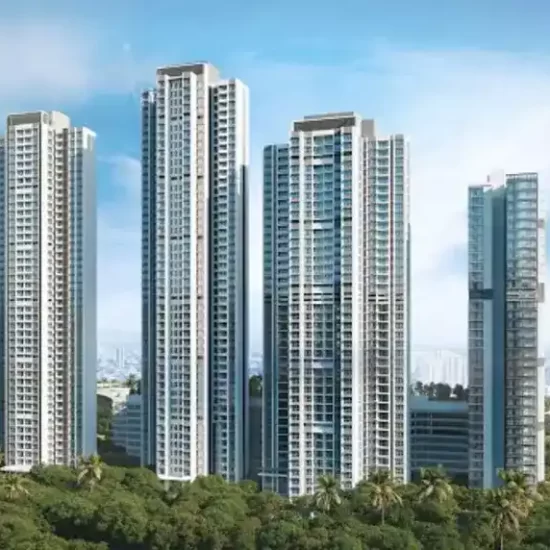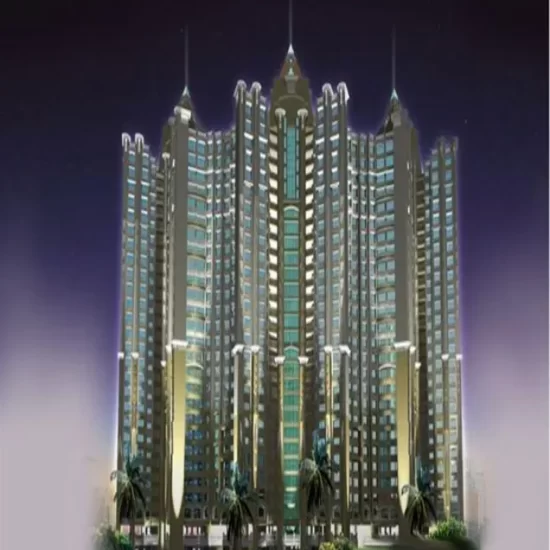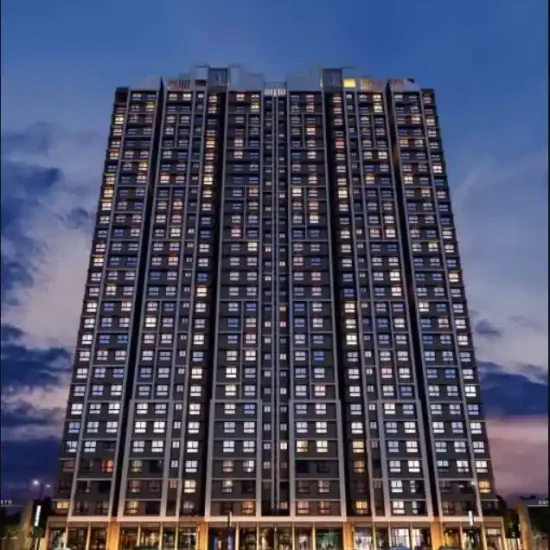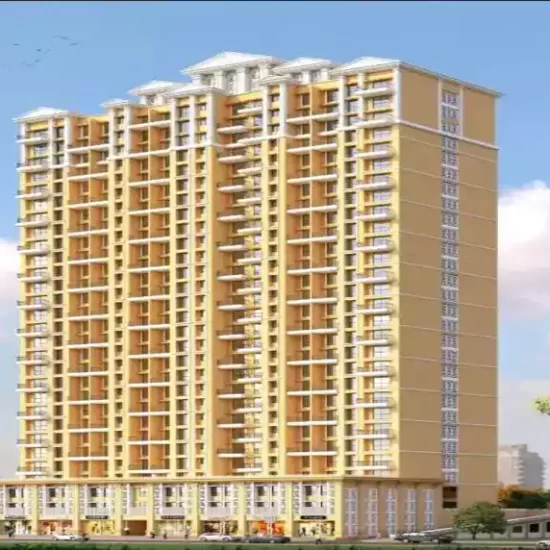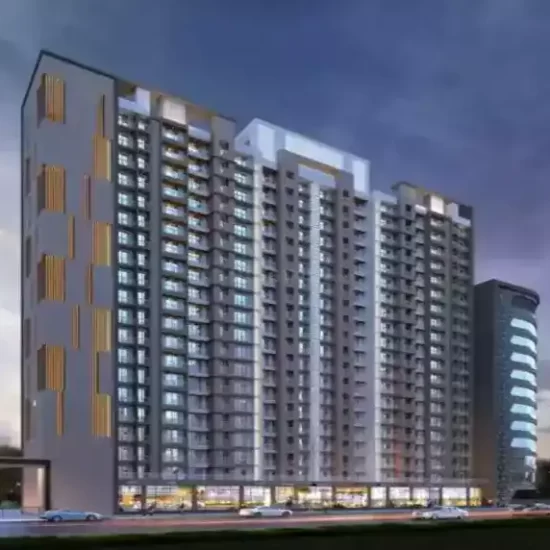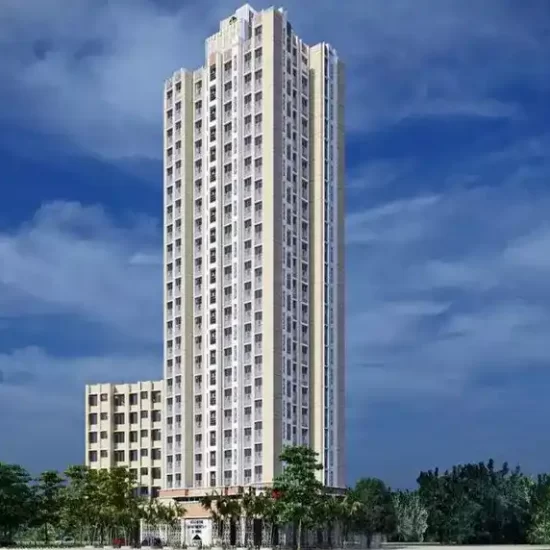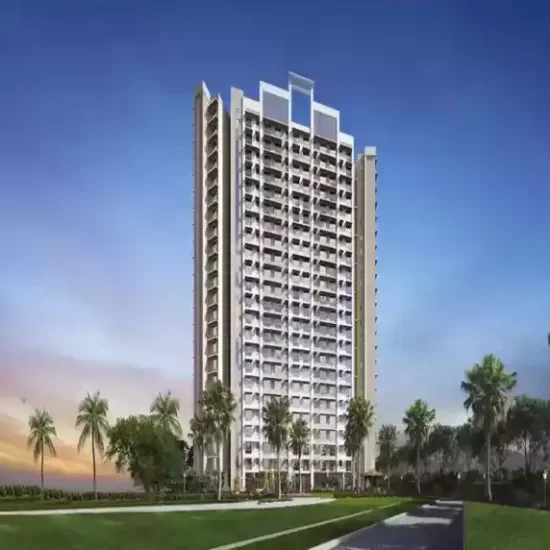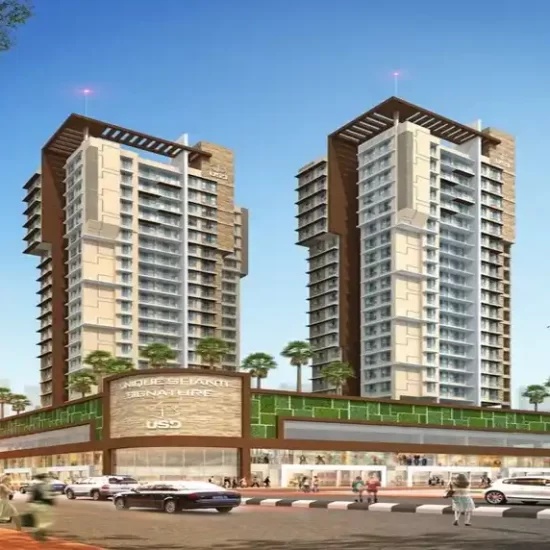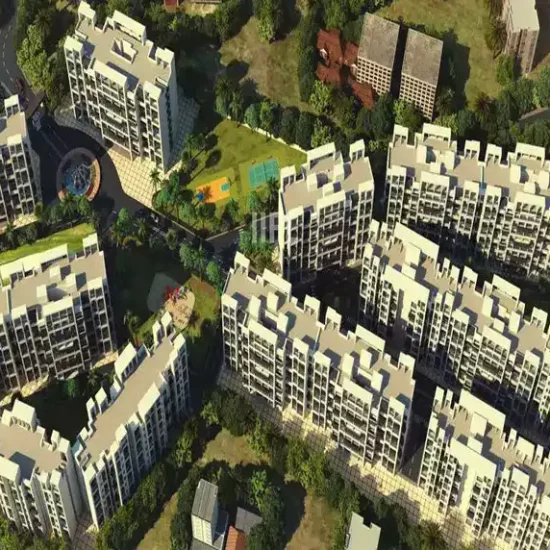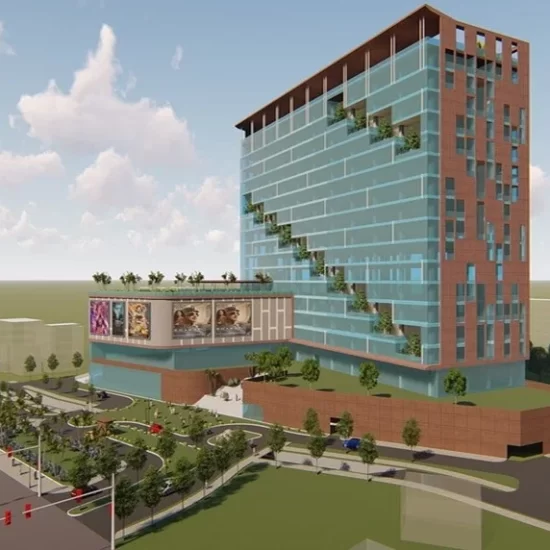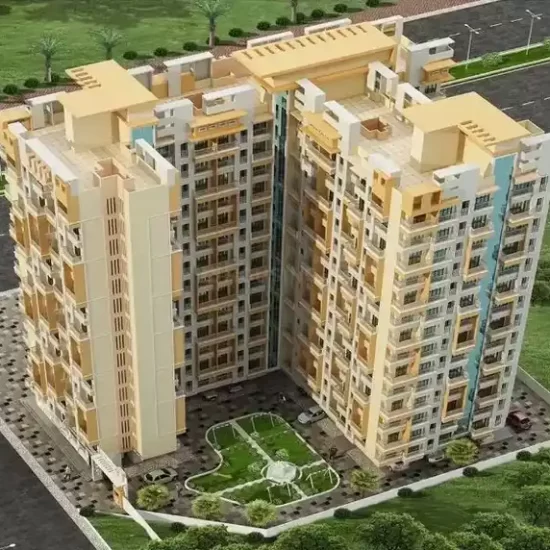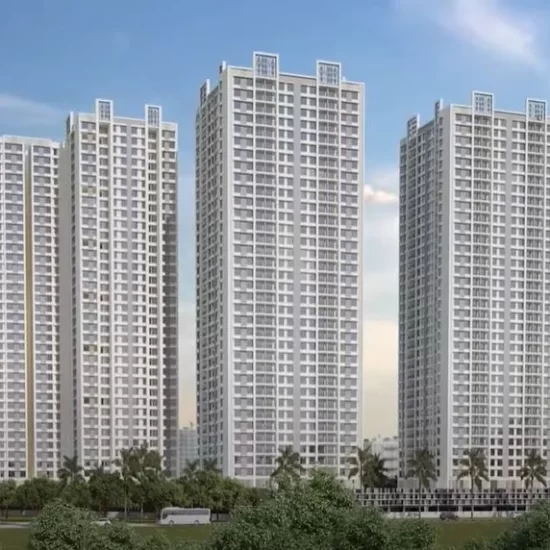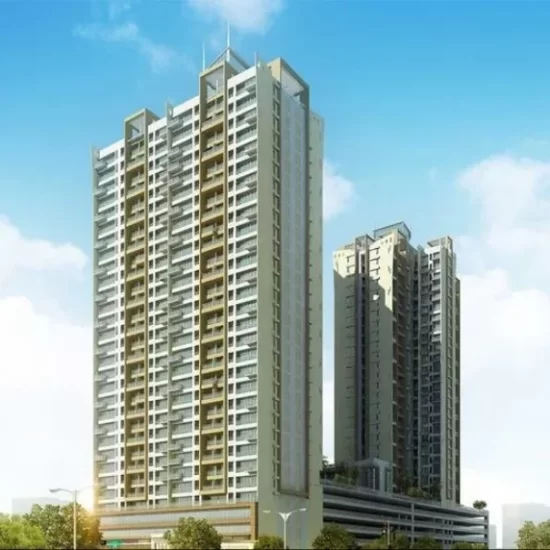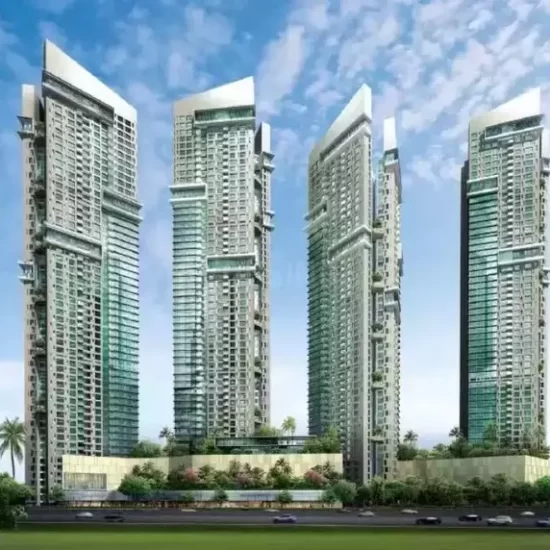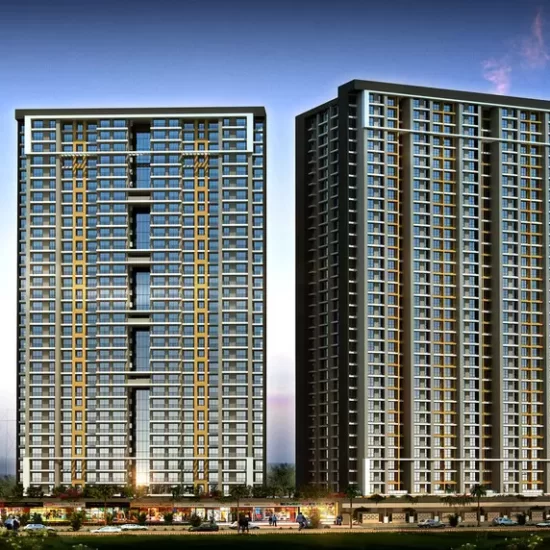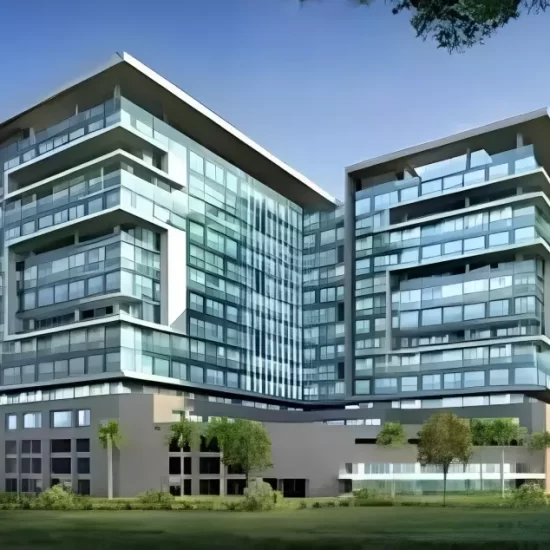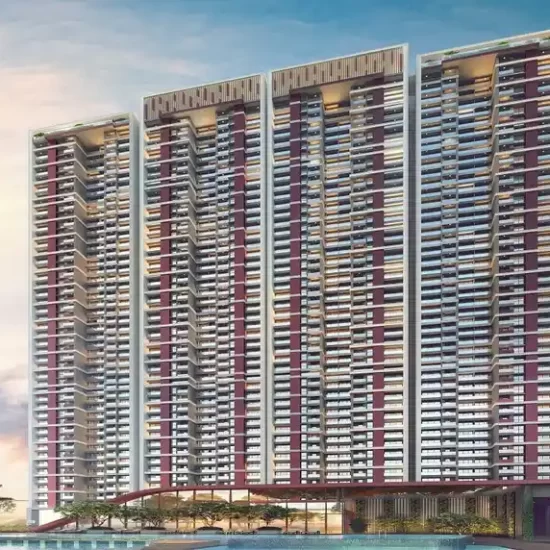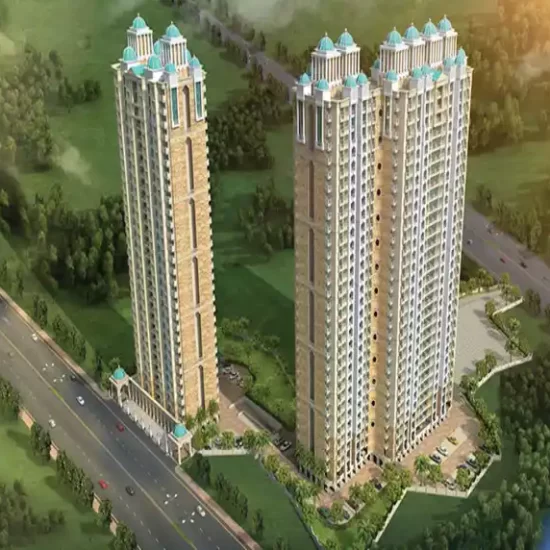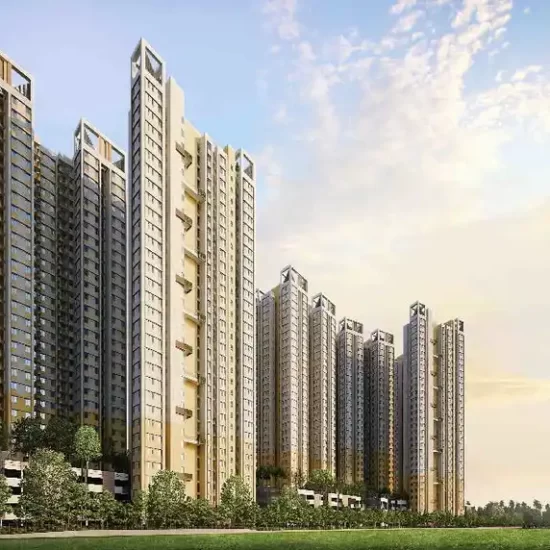Thermal Comfort Analysis: Enhancing Indoor Climate for Optimal Comfort and Efficiency
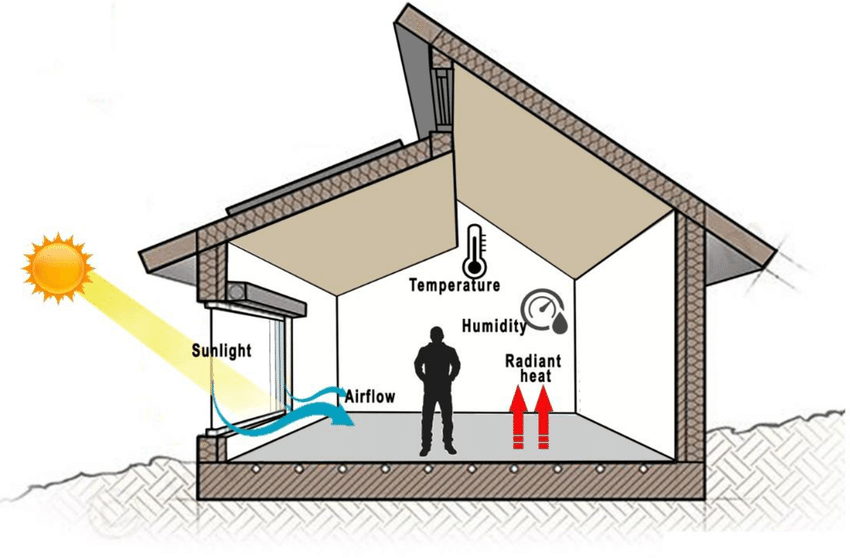
Introduction
Thermal comfort analysis is an essential part of building design that focuses on ensuring occupants feel comfortable with the indoor temperature. It involves evaluating the relationship between the environmental conditions and how they influence human comfort. Thermal comfort plays a pivotal role in creating energy-efficient buildings while maintaining the comfort of the occupants. This article explores thermal comfort analysis, its importance, its subtypes, and why Reinvent Design Technologies (RDT) excels in providing these services.
What is Thermal Comfort Analysis?
Thermal comfort analysis involves assessing the thermal environment of a building or space to ensure that it is conducive to the well-being and comfort of its occupants. It takes into account various factors such as air temperature, humidity, air movement, and radiant heat from surfaces.
The goal of thermal comfort analysis is to maintain conditions that meet the physiological needs of building occupants while minimizing the use of energy for heating and cooling. This is achieved by analyzing how indoor conditions interact with external weather conditions, the building’s design, and its HVAC (Heating, Ventilation, and Air Conditioning) system.
In short, thermal comfort analysis helps to optimize energy use by ensuring that buildings are not over-heated or over-cooled and provides a comfortable indoor environment, which ultimately enhances productivity, well-being, and efficiency.
Subtypes of Thermal Comfort Analysis
- PMV (Predicted Mean Vote) and PPD (Predicted Percentage of Dissatisfied) Analysis
- The PMV/PPD index, developed by Fanger, is the most widely used model for predicting thermal comfort. The PMV quantifies the average thermal sensation of a group of people, while the PPD indicates the percentage of people who are likely to feel discomfort under a given set of conditions.
- This analysis looks at various factors such as air temperature, humidity, air velocity, clothing insulation, and metabolic heat, and helps in designing spaces where the thermal comfort of the majority of occupants is ensured.
- Thermal Sensation and Thermal Discomfort Assessment
- This analysis involves directly measuring how occupants perceive the thermal environment, such as whether they feel too hot or too cold. By evaluating thermal sensation, designers can make adjustments to optimize heating, cooling, and ventilation systems.
- Understanding thermal discomfort is crucial in building designs that support long-term comfort and well-being.
- Radiant Temperature Asymmetry Analysis
- This subtype of thermal comfort analysis evaluates the impact of radiant heat from surfaces like walls, windows, or floors on occupants. Uneven radiant temperature distribution can lead to discomfort, so the analysis helps ensure that radiant heating and cooling systems are evenly distributed across the room.
- Radiant temperature asymmetry analysis is essential in spaces that rely on radiant heating or cooling systems.
- Indoor Air Quality (IAQ) and Ventilation Impact on Comfort
- Thermal comfort is not only about temperature but also the quality of air in the space. Poor indoor air quality can lead to discomfort even if the temperature is well-maintained.
- This analysis involves studying the effects of ventilation, air circulation, and pollutants on the perceived thermal comfort of building occupants.
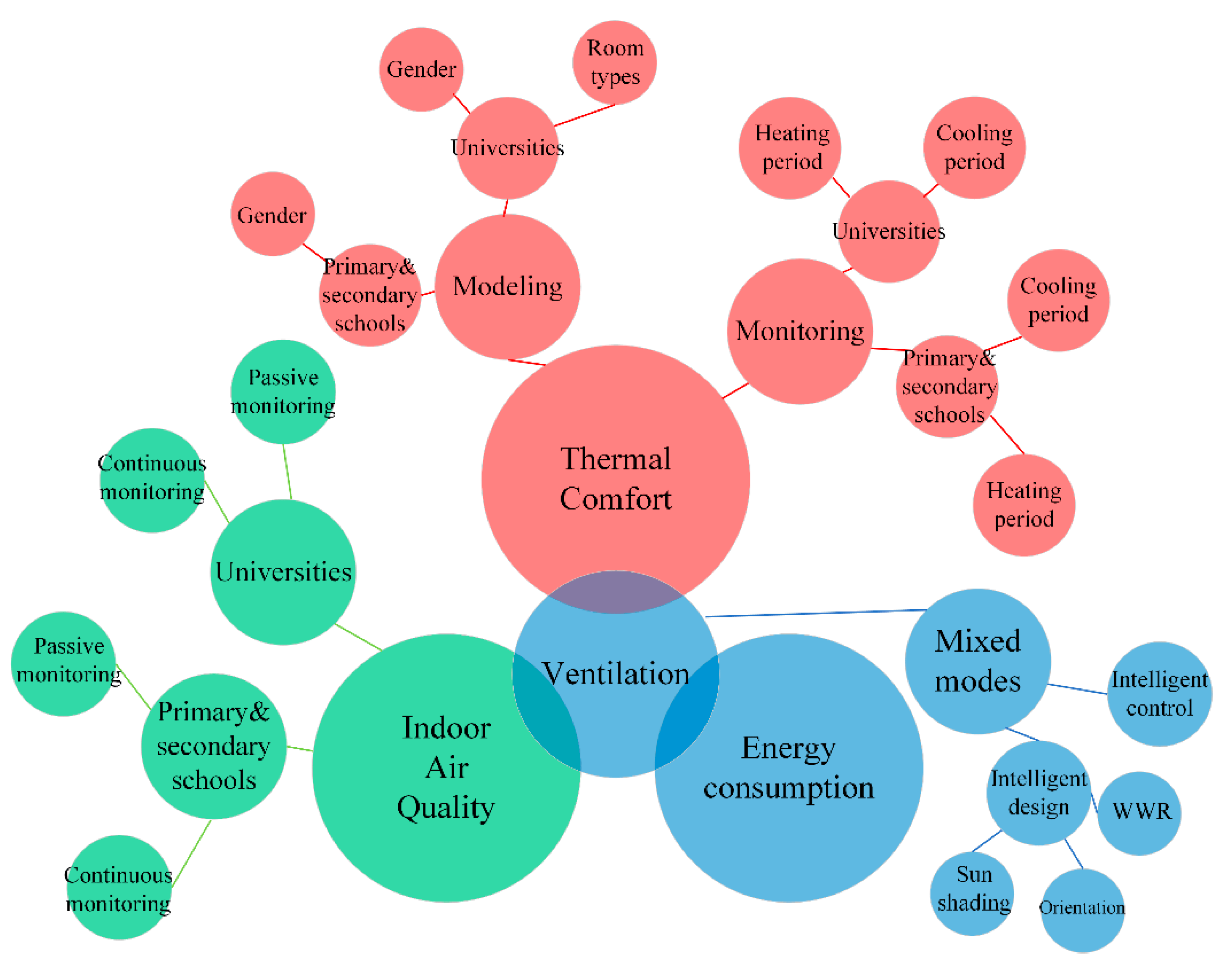
5.Humidity and Moisture Control Analysis
Humidity plays a significant role in thermal comfort. High humidity levels can make the air feel warmer, while low humidity can make it feel cooler. The right balance is essential for occupant comfort.
Humidity control and moisture analysis help ensure that buildings maintain optimal humidity levels that contribute to both thermal comfort and energy efficiency.
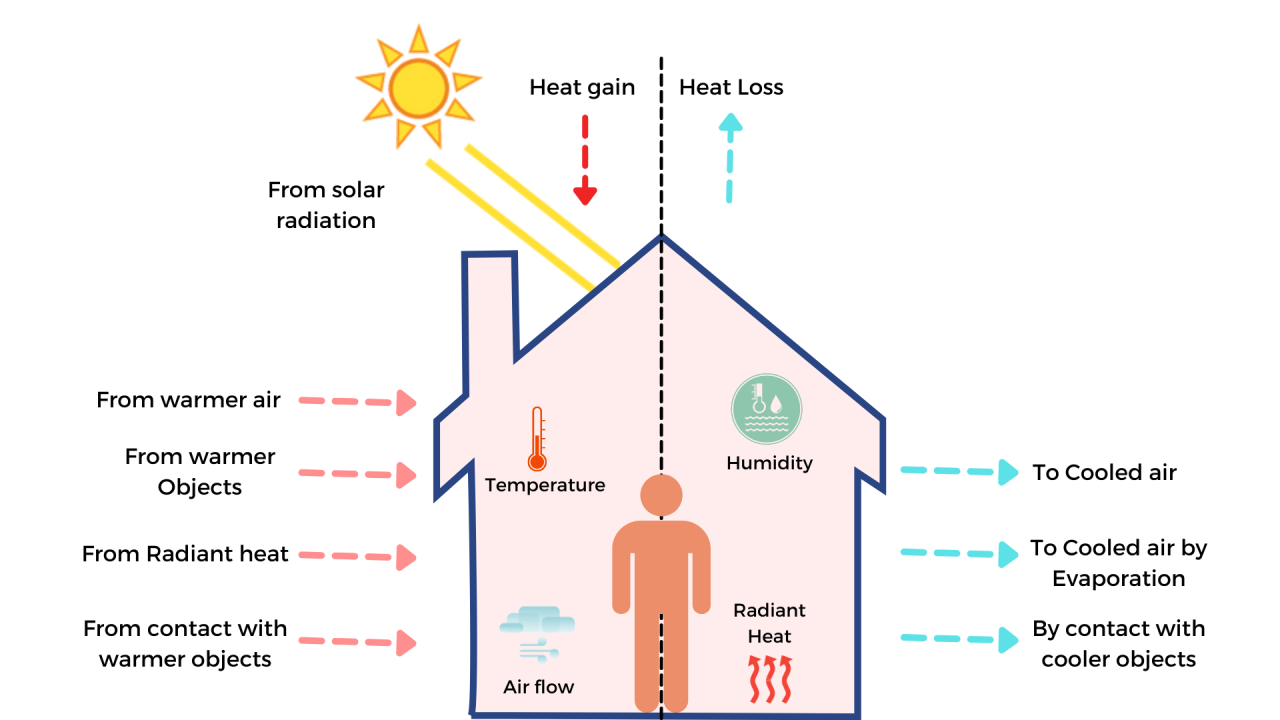
Why is Thermal Comfort Analysis Important Today?
- Energy Efficiency and Sustainability
With the global focus on sustainability, energy-efficient building designs have become essential. Thermal comfort analysis enables designers to create environments where the need for heating or cooling is minimized. By optimizing thermal conditions, buildings consume less energy, reducing the environmental impact. - Improved Health and Well-being
Thermal comfort has a direct impact on the health and well-being of building occupants. Poor thermal conditions can lead to discomfort, fatigue, and even health problems like dehydration or respiratory issues. Ensuring thermal comfort enhances occupant satisfaction and promotes a healthier environment. - Regulatory Compliance
Many countries now require buildings to meet specific thermal comfort standards as part of their environmental and energy efficiency regulations. Thermal comfort analysis helps building owners and architects meet these standards, ensuring regulatory compliance and avoiding penalties. - Increased Productivity in Work Environments
In office spaces and commercial buildings, maintaining the right thermal comfort conditions has been shown to improve employee productivity. Too hot or too cold conditions can reduce focus and efficiency, leading to increased discomfort and decreased performance. - Climate Adaptation
As climates around the world become more unpredictable due to climate change, understanding and managing indoor thermal comfort has become increasingly vital. Thermal comfort analysis ensures buildings remain comfortable during extreme weather events, such as heatwaves or cold spells, ensuring long-term occupant satisfaction.
Why RDT is the Best in Thermal Comfort Analysis
Reinvent Design Technologies (RDT) is a leader in providing thermal comfort analysis services. Here’s why RDT stands out:
- Expertise and Cutting-Edge Technology
RDT uses state-of-the-art tools and simulation software, such as EnergyPlus, TRNSYS, and CFD (Computational Fluid Dynamics) analysis, to deliver highly accurate thermal comfort predictions. Our team of specialists brings years of expertise in understanding how temperature, humidity, ventilation, and radiant heat work together to create an optimal indoor environment. - Tailored Analysis for Every Project
Every project is unique, and RDT customizes thermal comfort analysis based on the specific requirements of each building. Whether it’s residential, commercial, or industrial, we provide solutions that align with the climate, building design, and the needs of its occupants. - Sustainability and Green Building Focus
RDT is committed to promoting sustainability. Our thermal comfort analysis is integral to the design of green buildings, helping clients achieve certifications such as LEED, BREEAM, and WELL. Our analyses reduce energy consumption and ensure that buildings are environmentally friendly.
4.Comprehensive Approach
RDT’s approach to thermal comfort analysis covers all the key factors that influence indoor climate, including temperature, air quality, humidity, and ventilation. We offer a comprehensive solution to ensure all aspects of thermal comfort are optimized for maximum efficiency.
5.Proven Track Record
RDT has a proven track record of success in delivering thermal comfort analysis for a variety of projects. Our clients trust us for our high-quality analysis and effective solutions that lead to comfortable, energy-efficient buildings.
6.Commitment to Innovation
RDT continually innovates, staying updated with the latest tools, technologies, and research in the field of thermal comfort. We are dedicated to providing the best possible service and solutions to our clients, ensuring that their buildings are designed to meet both current and future thermal comfort needs.
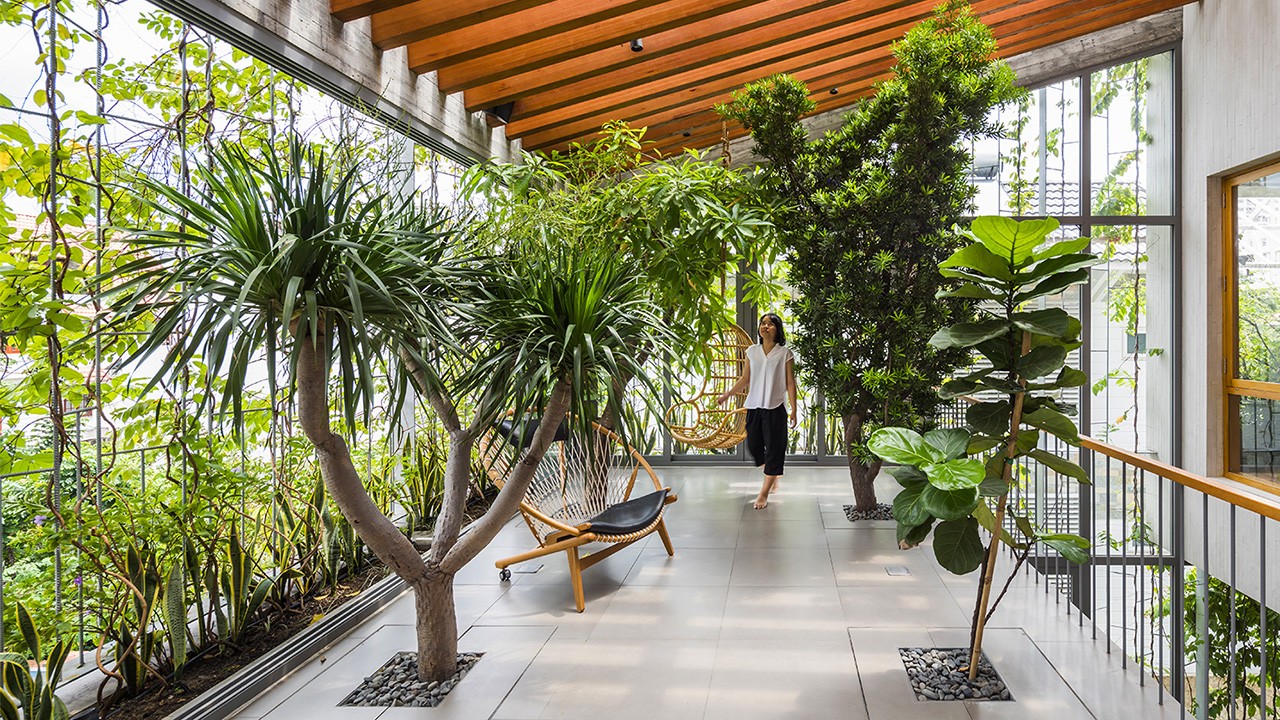
Applications of Thermal Comfort Analysis
- Residential Projects: Ensuring comfortable living conditions for homeowners by optimizing heating, cooling, and ventilation.
- Commercial and Office Spaces: Enhancing worker productivity and comfort in office environments through careful thermal management.
- Green Building Design: Contributing to sustainable building practices by minimizing energy consumption while maintaining comfort.
- Healthcare Facilities: Ensuring thermal comfort in hospitals and clinics, where patient well-being and recovery are paramount.
- Educational Institutions: Creating conducive learning environments by ensuring students and faculty are comfortable year-round.
Thermal comfort analysis is integral to the success of modern building designs. It not only ensures that buildings are energy-efficient but also that occupants remain comfortable, healthy, and productive. With the growing focus on sustainability, RDT provides the expertise and advanced tools necessary to deliver accurate and actionable thermal comfort solutions.
By choosing Reinvent Design Technologies (RDT), you can rest assured that your building will meet the highest standards of thermal comfort, energy efficiency, and environmental sustainability.
Gallery
We’re here to help and answer any question you might have.
Free Consultation About RDT Design Technologies LLP
Testimonial
"Our experience with RDT Corp has been outstanding. They delivered a customized solution that addressed all our requirements and exceeded our expectations. Their commitment to excellence is evident in everything they do."

"Our experience with RDT Corp has been outstanding. They delivered a customized solution that addressed all our requirements and exceeded our expectations. Their commitment to excellence is evident in everything they do."

"RDT Corp provided us with a comprehensive IT strategy that perfectly aligned with our business goals. Their proactive approach and attention to detail have made a significant impact on our company's growth. Their services are worth every penny."




